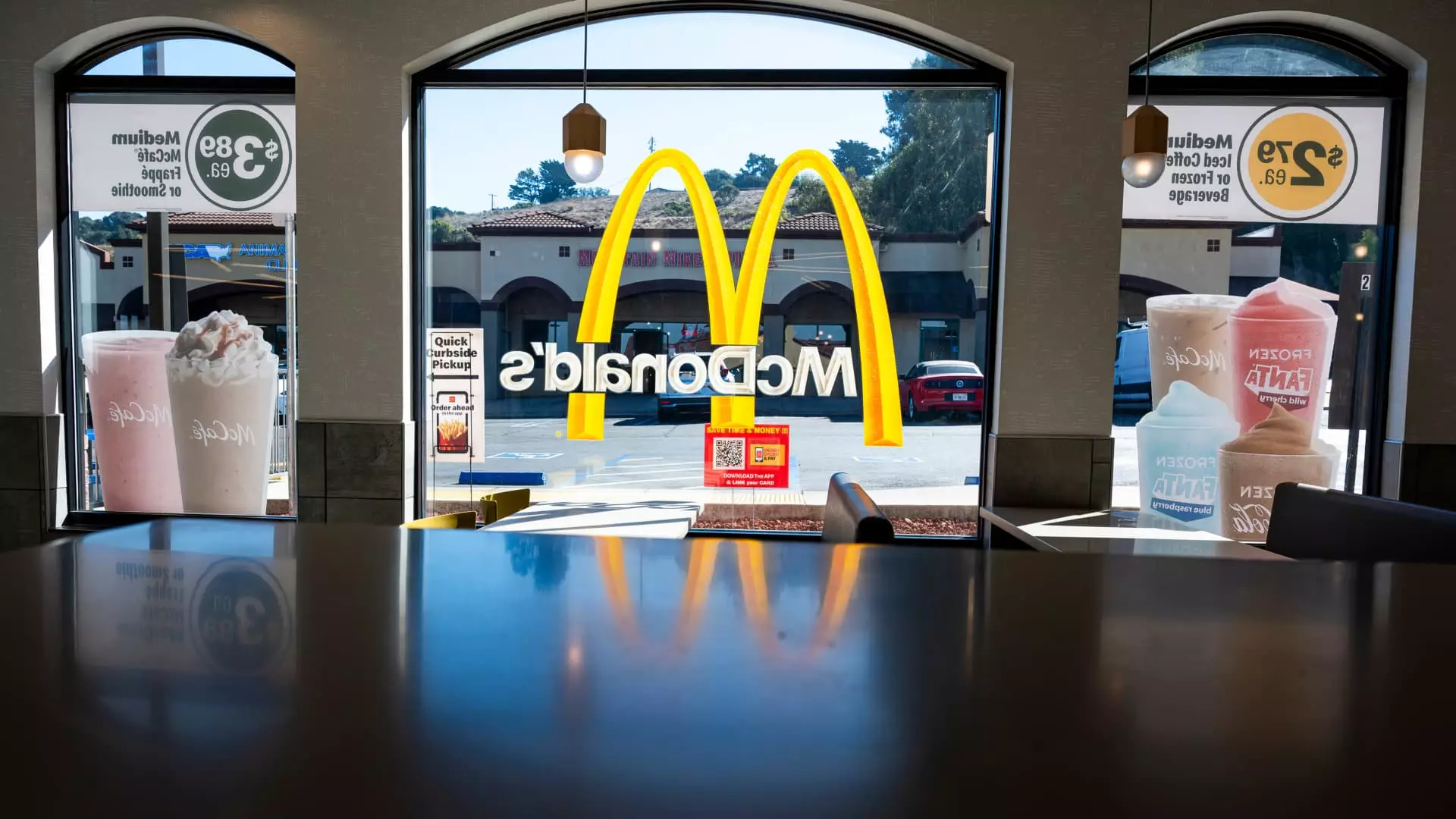The restaurant sector is often characterized by its cyclical nature, influenced significantly by external factors and consumer behaviors. As we delve into 2025, we must analyze how the sector has navigated a difficult start, exacerbated by unpredictable weather and shifting consumer sentiment. The new year began with hurdles—namely, harsh winter conditions and lingering caution among diners—forcing even major chains to recalibrate their strategies and expectations.
As the year kicked off, several well-known restaurant brands were reflecting on a mixed bag of sales figures. For example, chains like Burger King and Popeyes, led by Restaurant Brands, have reported a resurgence in customer interest, particularly in the fourth quarter of the previous year. The introduction of value-oriented menu options drew patrons back, enticing those who had spent the preceding months cooking at home. Similarly, McDonald’s showed an uptick in domestic traffic, though it faced a 1.4% decrease in same-store sales—an instructive microcosm of the industry at large.
Nonetheless, this positive trend was short-lived as January introduced a series of obstacles. Wendy’s CFO Kenneth Cook highlighted the industry’s traffic woes, pointing to adverse weather conditions impacting footfall. As a result, even with an overall 3.4% rise in fast-food net sales compared to the previous year, this growth was a marked slowing from December’s affirmatively higher rate of 4.9%. Notably, dining patterns were disrupted, particularly during breakfast and lunch hours, reflecting a broader consumer hesitation.
Diving deeper into consumer psychology reveals a complex dilemma. Subway U.S. President Doug Fry’s remarks underscore a critical theme of current consumer sentiment—wary and discerning. Diners are not merely seeking convenience; they are on the hunt for quality and value. The economic uncertainty has pushed many consumers to reconsider their spending habits, often trading down in price but compromising little on quality.
This cautious approach is expected to linger as consumers remain on the fence about the economy’s trajectory. The collective fear of rising prices has also been reflected in consumer sentiment falling to a seven-month low by February, as families brace for inflationary pressures. Away-from-home food prices have climbed, recently posting a 3.4% increase year-on-year, which further complicates the landscape for restaurants striving to capture market share.
Turning our attention to individual restaurant entities like Chipotle Mexican Grill, the early forecasts for the year remain bleak in the short term. Chipotle endured 2% lower traffic in January, thanks partly to weather-related factors coupled with significant events like New Year’s Day impacting dining habits. The fear of weak same-store sales persists as the company anticipates challenging comparisons against robust promotions from the previous year. The market’s response to these forecasts was quick, resulting in a stock decline—an ominous sign for stakeholders.
In contrast, chains like McDonald’s are still recovering from setbacks, including the infamous E. coli outbreak that tainted their Quarter Pounder reputation. CEO Chris Kempczinski expressed optimism about a rebound in demand by the second quarter, contingent on an overall positive shift in consumer health and spending trends.
As we examine the economic indicators and brand-specific challenges, the outlook for the latter part of 2025 offers a glimmer of hope. Industry experts predict an uptick in traffic and sales growth as comparisons against the preceding year ease. The fourth quarter of last year experienced significant declines, which sets a relatively low bar for upcoming months.
Moreover, the implications of new tariffs and trade regulations have not been fully realized, allowing stakeholders initially to breathe a sigh of relief. Despite lingering concerns, major chains such as Chipotle have downplayed the immediate effects of potential tariffs from China, Mexico, and Canada. However, ongoing vigilance is necessary as consumer confidence remains fragile.
The narrative surrounding the restaurant industry in 2025 is one of cautious optimism. While immediate sales improvement is anticipated, long-term structural changes may become necessary as brands like Starbucks grapple with declining patronage. After four consecutive quarters of same-store sales declines, Starbucks has suspended its outlook, signaling a need for deep organizational evaluation.
The restaurant industry’s journey through 2025 could serve as both a challenge and an opportunity. Rising consumer expectations for value and quality will necessitate adaptive strategies, while economic uncertainty remains an underlying theme. The resilience of these chains will rely heavily on their ability to pivot in response to market dynamics and consumer preferences, positioning themselves for a more prosperous future.

